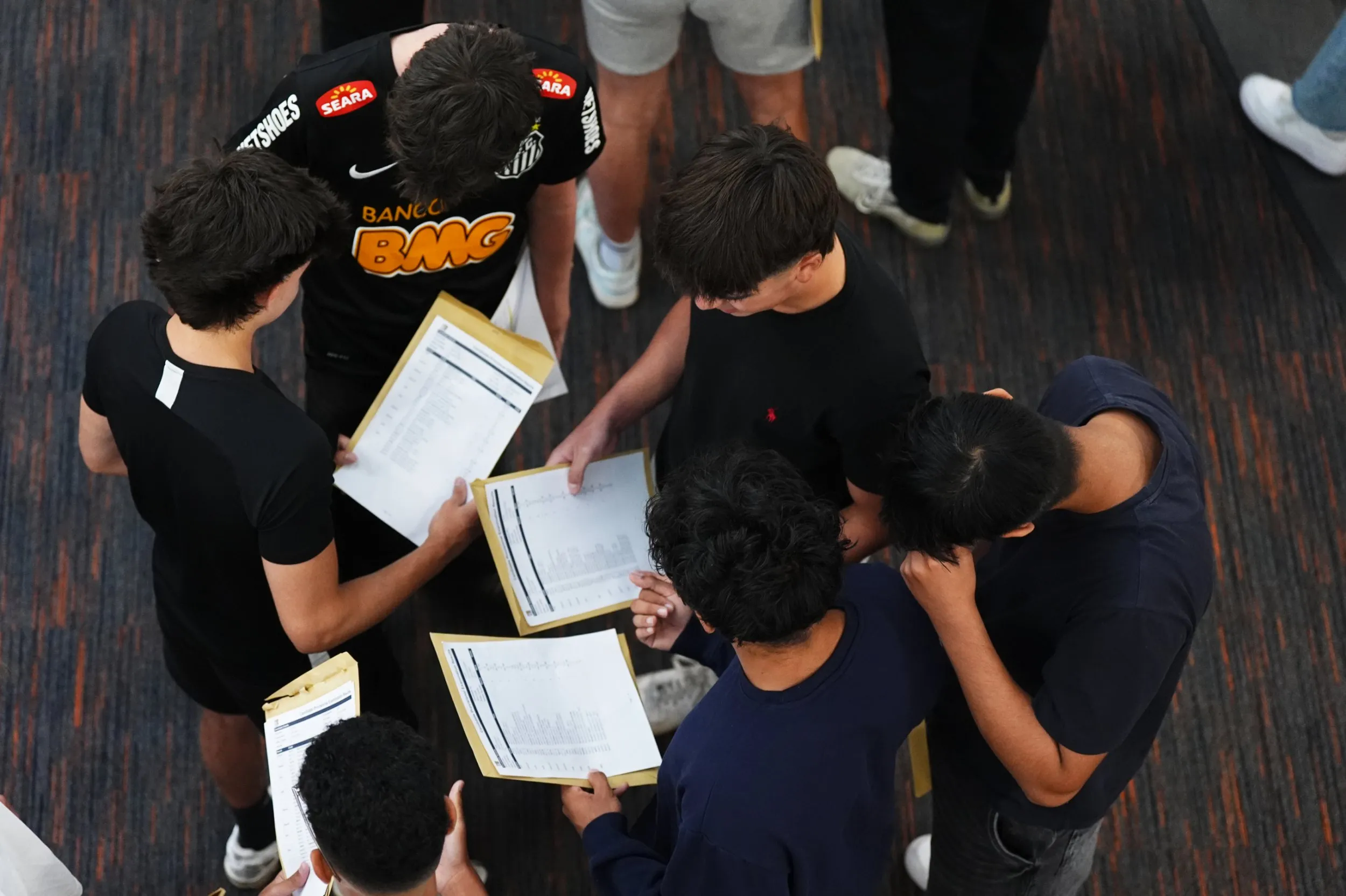Copyright metro

Students in England will soon have a new range of options when they turn 16 (Picture: Jacob King/PA Wire) The Department for Education has finally announced the long-awaited end of BTec qualifications in English schools – and unveiled their flashy replacement. V-levels will sit alongside A-levels and T-levels, providing a new option for young people who are still mulling whether they want to take on university, work or an apprenticeship when they leave school. The aim is to simplify the picture for 16-year-olds, who currently face a choice of around 900 qualifications currently available. But what will V-levels involve? And how do they differ from the current offering? What are V-levels? The V in V-levels stands for ‘vocational’, and they form a key plank of the government’s effort to get more young people into higher learning. At his Labour conference speech last month, PM Sir Keir Starmer announced a new target to get two-thirds of young people into university, further education or a ‘gold-standard apprenticeship’. That replaced Tony Blair’s old aim of getting half of kids to university, which Starmer said was no longer ‘right for our times’. Keir Starmer set out a new vision for higher education at the Labour conference (Credits: Danny Lawson/PA Wire) Unlike T-levels, which are geared towards a specific job, or A-levels, which have an academic focus, V-levels would allow those who aren’t yet sure what they want to do for work to blend the two. It’s hoped the new qualification will streamline the current complex system, which the government says is ‘confusing’ for both students and employers. Who will take them? V-levels will be offered to 16- to 19-year-olds who are preparing for the world of work. They are aimed at young people who are keen for more flexibility in their options as they come to the end of their school years. T-levels, which were introduced in 2020, are equivalent to three A-levels and don’t allow for mixing. Students would be able to choose a couple of V-level programmes to gain job skills alongside a more academic A-level course. When could they be brought in? There have been no hints from the Department for Education of a timeline for bringing in V-levels. A consultation is set to be launched, which is likely to determine finer details such as how and when the phase-out of the current system will happen. Bridget Phillipson called technical and vocational education the ‘backbone of this country’s economy’ (Picture: Dan Kitwood/Getty Images) Are they any different to BTecs? BTecs are specifically aimed at providing work skills – the same job done by T-levels, which were introduced five years ago as a higher quality and more effective technical qualification. Figures in the education sector had voiced concerns that phasing out BTecs and moving to a system where the only post-GCSE options are T-levels, A-levels or apprenticeships would leave a hefty gap. This is the gap the government is trying to fill with its new V-levels. Education Secretary Bridget Phillipson has criticised the current ‘overcomplicated landscape’ which she said has led to young people being labelled as ‘failures’. According to the government, V-levels ‘will streamline the confusing landscape of approximately 900 equivalent vocational qualifications at level 3’. Get in touch with our news team by emailing us at webnews@metro.co.uk. For more stories like this, check our news page.



